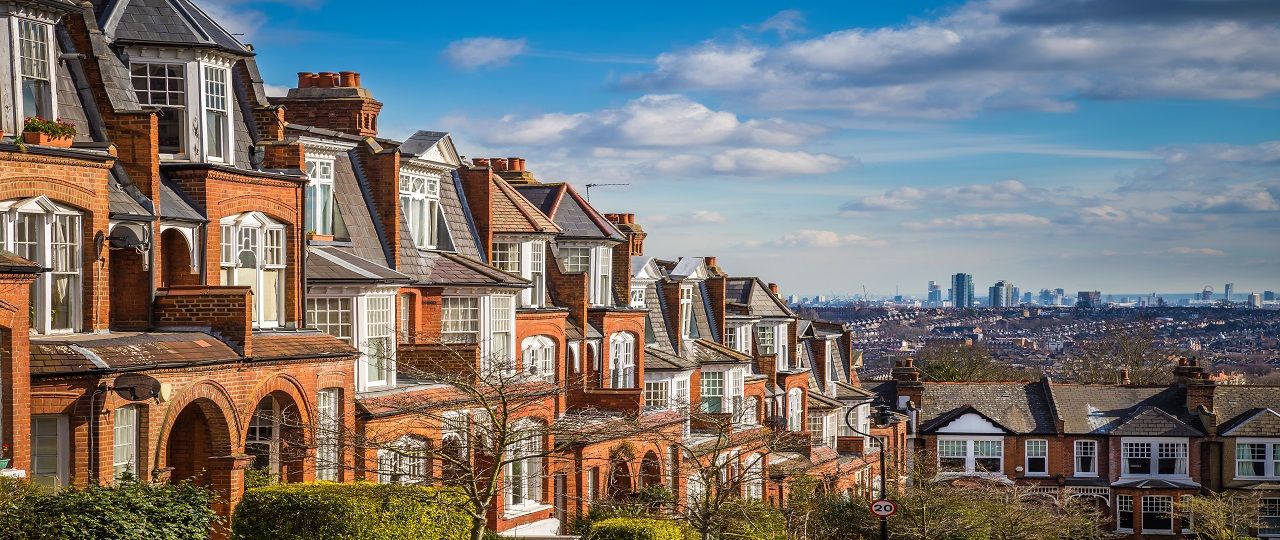
Donna Rourke
Head of ESG and Sustainability


Head of ESG and Sustainability
With the potential to secure a better rate, a reduced fee or receive cashback, there’s lots to consider when looking at green mortgages.
To help cast a light on this new area of finance, we caught up with Mike Boles of mortgage brokers SPF Private Clients to get the ins and outs of green mortgages.
Q: What are green mortgages?
A: Green mortgages are products that incentivise people to own energy efficient properties. Every lender interprets them differently. Generally speaking, they can be for buying or refinancing an energy efficient home or carrying out energy efficient improvements to a property. Green mortgage products are available on a main home or a buy-to-let property.
Q: How do green mortgages differ from regular mortgages?
A: The technicalities of green mortgages are no different from those of a regular mortgage. You still have to repay the debt at the end and you still have to make monthly repayments. The only difference is whether your property qualifies for these enhanced products. If it does, you will generally get a slightly better rate of interest, a slightly reduced fee, or cashback.
Q: How do you qualify for a green mortgage?
A: Every lender has different requirements. Lenders will typically still do the normal assessment on you as they would with a regular mortgage to make sure you qualify for the loan. They will assess the same factors, such as your credit worthiness, your income and your assets, as well as the loan to value (LTV).
The majority of lenders will also look at the Energy Performance Certificate (EPC) rating of the property. An EPC shows how energy efficient a property is, giving it a rating from A (the most efficient) to G (the least efficient). They will normally be after an EPC rating of A, B or C.
If you’re purchasing or refinancing a property, you shouldn’t have to specify that you want a green mortgage, especially if you go to a broker. If you have a house that qualifies, any broker worth their salt will include green mortgages in their full assessment of the market.
Q: What’s available if you plan to make energy efficient improvements?
A: There are a number of lenders who provide green additional borrowing products (in other words, they lend more) for energy efficient upgrades. Naturally, there are certain criteria that have to be met. For example, if you apply to Skipton Building Society or Nationwide Building Society for their additional green borrowing, they will require at least 50% of that further advance to be spent on making your property more energy efficient.
Some lenders offer rewards for green improvements. Again, there will be certain conditions that have to be met. Coventry Building Society, for example, offers £500 cashback if you can demonstrate you have spent at least £2,500 on particular energy efficiency work, conducted by an eligible tradesperson.
All these things are slowly encouraging homeowners to have more energy efficient homes.
Q: Are green mortgages cheaper?
A: They’re not necessarily cheaper. Suppose you go into a branch of a high street bank and qualify for a mortgage at a rate of 2%. If you find out that the property you’re looking to purchase or refinance is energy efficient, you could potentially receive a rate of 1.9% from that lender. It doesn’t mean that it’s the best on the market. You should still be aware of what else is available. If you went to an ethical lender, for example, you might get an even better rate without it being labelled as a green mortgage.
There are a couple of building societies that now take a slightly more sophisticated approach to green mortgages. They take the view that if your property is more energy efficient, in theory your outgoings are going to be lower. Therefore, you have more disposable income that you could put towards your mortgage, which in effect, means your borrowing potential has improved.
Q: What’s the future of green mortgages?
A: There are at least 100 lenders in the residential and buy-to-let space, and around a quarter to a third of them offer green products. A lot of those have come to the market in the last couple of years.
The UK has the oldest housing stock in Europe, according to The Housing Stock of The United Kingdom report. We need all lenders to offer green products. This would help to incentivise people with existing mortgages, who are probably in the middle of a five-year fix, to take out additional borrowing so that they can make improvements to their properties.
We need better education for homeowners and the advisor community too. Energy efficient improvements are important, but they can have unintended consequences - for example, the terms of a solar panel lease may cause issues when you come to sell or re-mortgage. People need to be careful about what improvements they do and engage with both the lender they’re potentially with and the tradesperson who will carry out the work.
Q: What does this mean for homes that aren’t currently eligible for green mortgages?
A: There are government proposals that would require homes to meet new energy efficient standards in order to be let or sold. Landlords are realising that they may have to make changes to their properties to make them fit the proposed regulations and some are now changing the style of properties they’re purchasing. If green mortgages really start to take off, then preferable lending terms may bolster competition for new-build homes over existing properties.
The cost benefit analysis of making energy efficient upgrades is also an interesting challenge. How much upgrades cost of course varies between houses, but as an example: if you have a relatively low value property, say £100,000, and you need to improve it to an EPC C, this could cost around £10,560 – according to research undertaken by Paragon Bank – which ultimately raises the question of viability. Also, notably, the current cost cap for landlords is expected to be increased. But will we see landlords move away from these types of properties, or exit the market altogether as a result?
Thank you, Mike!
To discuss green mortgages, please get in touch here. To find out more about the government’s legislation proposals that, if introduced, would require homes to meet new green standards, please click here.
This article is a guide and you should always seek professional advice for your own personal circumstances.